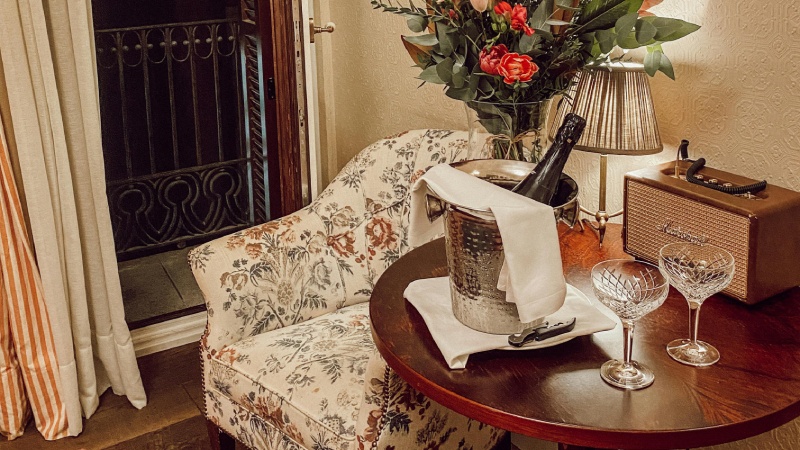
When popping a bottle of champagne, most enthusiasts might be drawn to the sound of the cork or the enchanting sight of bubbles rising up in a glass. Yet, hidden within each bottle is a nuanced world defined by sweetness levels that influence its overall taste profile. For both seasoned connoisseurs and those new to this effervescent delight, understanding these sweetness distinctions can significantly enhance your champagne experience.
At the heart of champagne sweetness levels is a traditional scale based on the amount of residual sugar present after fermentation. This determines how sweet or dry the final product tastes. Let’s delve into this captivating world, starting with the most commonly encountered labels.
Brut is the most widespread style of champagne, known for its dry and crisp flavor profile. With a sugar content ranging from zero to 12 grams per liter, Brut offers just enough sweetness to balance out the natural acidity. It’s an ideal choice for those who revel in a clean, refreshing taste. Often paired with a wide variety of dishes, Brut champagne harmonizes well with seafood, poultry, and mild cheeses, enhancing the flavors without being overpowering.
Following Brut, Extra Dry, often leads to some degree of confusion due to its misleading designation. Contrary to what its name suggests, Extra Dry champagne is actually sweeter than Brut. It contains between 12 to 17 grams of sugar per liter, creating a slightly sweeter profile. This style could be suited for those who prefer a softer, rounder taste that complements fruitier and creamier dishes. Extra Dry champagne pairs exceptionally well with spicy dishes or sweet desserts, offering a harmonious balance between the natural sweetness of the wine and the flavors of the cuisine.
Moving along the sweetness spectrum, Sec or Dry champagne presents a sugar content between 17 and 32 grams per liter. Sec champagnes offer even more sweetness and are an opulent choice for those looking to indulge in a more luscious experience. With a pronounced sweetness and a fuller body, it’s a fitting choice for pairing with rich appetizers, savory pastries, and certain desserts. Its ability to stand up to richer, more decadent flavors makes it a delightful option for celebratory occasions and indulgent feasts.
Demi-Sec takes the sweetness up another notch with sugar levels ranging from 32 to 50 grams per liter. This style is one of the richest among those you might regularly encounter. Demi-Sec champagnes are perfect for those with a sweet tooth. The sugar content is high enough to shine through but manages to remain balanced by the acidity inherent in the champagne. It pairs wonderfully with pudding-style desserts or even as a stand-alone treat after a meal, making it an ideal companion for those who enjoy a sweeter touch.
Lastly, for those who truly seek a sugar-forward experience, Doux offers over 50 grams of sugar per liter. This sweetness level is the least common and often reserved for special occasions or the most decadent dessert pairings. Doux champagnes are port-like in their sweetness and can be enjoyed alongside the sweetest of treats or even as a dessert all on their own.
Sweetness levels in champagne are not just about influencing taste; they also affect the overall character and harmony of the wine. While a Brut champagne’s crisp elegance might complement a broader range of foods, a Demi-Sec or Doux can either contrast with or amplify particular flavors, creating a diverse palate experience.
Choosing the right style of champagne is a personal adventure, contingent upon one’s taste preferences and the occasion. Those who appreciate a fresh, vibrant finish might gravitate towards Brut, whereas those inclined towards a more decadent experience might be drawn to the sweetness of Demi-Sec or Doux.
When selecting a champagne, consider both your personal taste and the meal with which you intend to pair it. Doing so will elevate your dining or celebration experience, ensuring that the champagne you choose is as perfect as the moment you’re celebrating. Whether you prefer the subtlety of a Brut or the sumptuousness of a Doux, the versatility of champagne promises a unique encounter with every bottle opened. Understanding these sweetness levels transforms champagne tasting from mere sipping into an exquisite journey through this celebrated sparkling wine’s varied expressions.